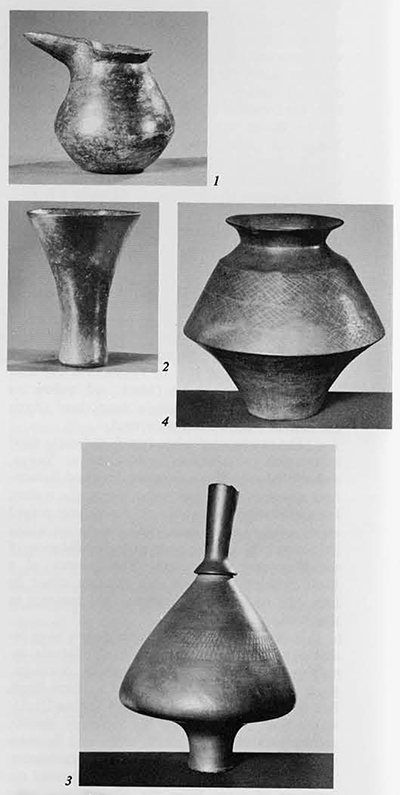
Museum Object Number: 33-21-853
Iran is a large country with a rich historic and prehistoric past. Archaeologists are making a beginning at understanding that past, but so much remains to be done in every period and in every part of the country that there is work for all for another thousand years. In one sense, therefore, all phases of Iranian archaeology are “Dark Ages” and it is tempting to start any article, particularly a brief one on the second millennium B.C., with references to what we do not know. Yet this is too pessimistic an approach. If we view events in historical perspective, remembering that Iranian archaeology as a scholarly discipline is less than a hundred years old, then it becomes clear that much progress has been made. What is more important, the outlines of productive programs for research in the near future can be drawn. The story of research into the second millennium or the period immediately preceeding the Iron Age is a case in point.
A fair beginning on this task was made prior to 1950 by archaeologists working at sites on the Iranian plateau. To the west, in the heart of the Zagros, the excavations at Tepe Giyan had revealed a rich painted pottery tradition which began with the deposits of Giyan IV sometime in the last quarter of the third millennium and continued in Giyan III and H down to the third quarter of the second millennium. Little was known of the culture involved beyond its pottery, partly because the work at Giyan concentrated on the excavation of graves. That it represented a wide-spread phenomenon was clear, however, from random survey work in Luristan and Kurdistan and from the selected soundings at such sites as Bad Hera and Tepe Djamshidi. Indeed, related materials had been traced as far south as the province of Fars and as far north as the Solduz and Ushnu valleys in western Azerbaijan.
In the northeast, excavations at Tepe Hissar on the plateau and at Tureng Tepe and Shah Tepe in Gurgan, as well as considerable survey work in the latter area, had laid bare a distinctive archaeological assemblage quite different from contemporary materials in the Zagros. Here an earlier painted pottery had given way, perhaps around the middle of the third millennium in Hissar periods IIA and IIB, to a monochrome gray-black ceramic. This pottery tradition reached its height in Hissar III and ended about the middle of the second millennium. Here in the northeast, however, we had much more than just pottery with which to work. Some architectural remains were excavated, most notably the famous “Burned Building” of Hissar IIIB, and the graves were considerably richer than those found in controlled excavations in the Zagros. The burials of Hissar IIIB and more particularly those of IIIC yielded evidence of a rich metallurgical skill and a stone carving tradition which are both technologically and artistically of prime importance.
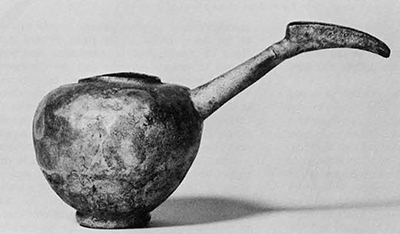
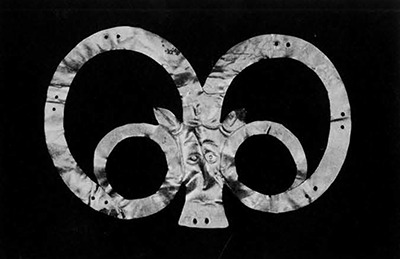
Thus although by 1950 much of the country remained unexplored or had failed to produce materials of second millennium date, at least two major cultural areas had been defined in broad outline. Of the actual cultures themselves we were quite ignorant. Neither the start nor the end of these ceramic sequences could be fixed in time with any precision, and we knew almost nothing of the historical and cultural mechanics of their beginnings and endings. For example, some argued that the northeastern gray-black wares evolved out of the earlier painted wares known from the same sites, others that they represented an entirely new culture if not a new people in the area. Relations between Giyan and Giyan-like painted wares and those of Khuzistan on the one hand and Mesopotamia on the other remained ill-defined and uncertain. The end of the Giyan sequence in relation to developments in the Iron Age could hardly be described very precisely on the basis of a grave sequence and survey material alone, and the end of the rich culture of Hissar IIIC seemed to hang in mid-air without explanation or sequel.
On these broad outlines research has proceeded apace since the early fifties. We have come close to answering some of the old questions, we have greatly expanded our understanding of the old evidence, and we have added to the argument much new evidence and therefore many new problems.
Excavations at Yarim Tepe and the renewal of excavations at Tureng Tepe, both in Gurgan, have yielded important evidence on the beginning and the end of the northeastern gray-black ceramic tradition. At the latter site a continuing evolution of the Hissar IIIC assemblage has been excavated and we know that Hissar III by no means came to the abrupt end that earlier excavations suggested. Work at Tureng Tepe is incomplete, but preliminary reports indicate that the second millennium gray-black pottery tradition probably lasted well past 1500 B.C. and that there may be very little if any chronological or cultural gap between these materials and the lion Age cultures of the area. The excavations at Yarim Tepe, besides making an important contribution to the definition of those same lion Age cultures, suggest that the gray-black pottery did in fact develop gradually out of the painted wares which characterized the fourth and third millennia in this area.

On the whole, of late, more work on second millennium problems has been done in the Zagros than in the northeast. Extensive surveys in central western Iran have yielded many new data on the old Giyan painted pottery tradition. Further survey work in Fars and in Azerbaijan has revealed local ceramic assemblages which can be related to the Giyan tradition. This survey material, when combined with new evidence from excavations, permits us in some cases to begin a reconstruction of the actual historical and cultural dynamics of the second millennium in the west.
As always, however, it has been necessary first to fix our chronological framework and cultural sequence with greater precision. Extensive field work and research on the Iron Age cultures of the Zagros has produced two important conclusions of consequence for second millennium archaeology in the area. First, certainly for Azerbaijan, and by extension yet to be proven for the rest of the Zagros, we can say that the distinctive Iron Age cultures of the region begin sometime between 1400 and 1200 B.C. Second, we can argue that these Iron Age cultures are in part evolved from the local cultures of the second millennium, but more predominately are marked by characteristics which can be traced back in time to the gray-black ceramic tradition and culture of the northeast.
We also now know a good deal more about what preceded the second millennium pottery traditions, at least in the central western Zagros. Excavations at Godin Tepe reveal that immediately below the ceramics of Giyan IV-II type, henceforth, for reasons discussed below, perhaps better called the Godin III type, lies an incised monochrome gray-black pottery closely related to the wares found in the Early Bronze Age levels of Yanik Tepe in Azerbaijan and well known in eastern Anatolia and the Caucasus. Survey has shown that this ceramic horizon was widespread in the Hamadan plain and elsewhere in the central western Zagros, and present indications are that it is unrelated to the subsequent Godin III culture. The latter, therefore, represents some kind of a new phenomenon in the area —either an intrusive element from outside the region which displaces the earlier black incised wares of Godin IV, or a local revival of a tradition temporarily overlaid in part by the Yanik/Godin IV assemblage. Here somewhere in the late third millennium at the juncture of these two distinct pottery traditions lie the origins of the second millennium Godin III painted ceramic.
Unfortunately, to the north and to the south our understanding of second millennium beginnings is less clear. In Solduz the excavations at Hasanlu and Dinkha seem to reveal a chronological and cultural gap between the Ubaid-related Pisdeli pottery which dates to the mid-fourth millennium and the ceramics of Hasanlu VII, which probably begins around 2400 B.C. and which is certainly related to the early Godin III painted wares. Something contemporary with or compararable to the culture of Yanik/Godin IV remains to be defined in this area. In Fars to the south we have as yet only survey evidence for the cultures immediately preceding those of the second millennium, and until extensive excavations are undertaken, such as those just beginning at Tepe Malyun, judgment and even comment should be reserved.
But beginnings and endings for our period are only part of the story. The middle must be filled in with as much detail as possible.
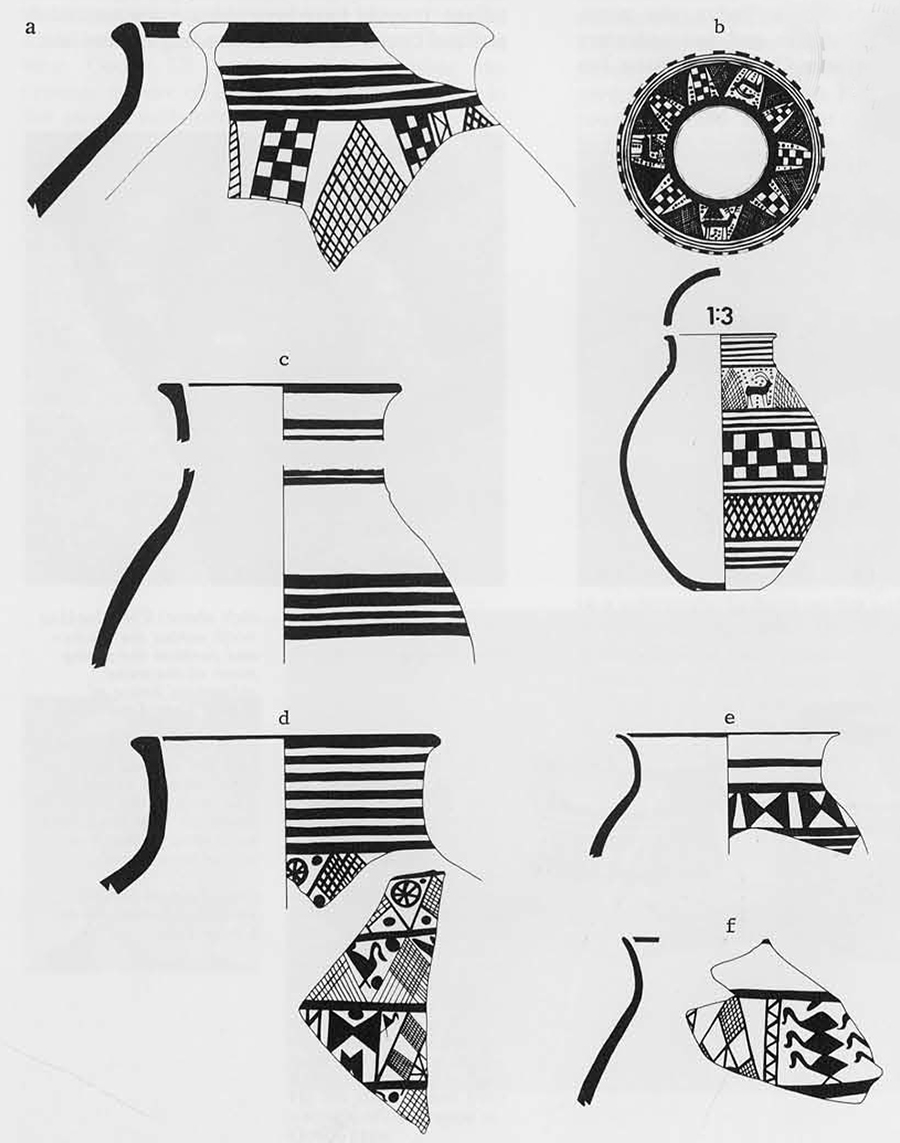
In western Azerbaijan the excavations at Hasanlu and at Dinkha have partially laid bare a painted pottery tradition dating to the second millennium (Hasanlu VII and VI). As yet, little is known of Hasanlu VII other than its strati-graphic position within the Solduz sequence. Hasanlu VI, however, which dates to approximately 1900-1600 B.C. has yielded data on the prehistoric dynamics of western Iran in the second millennium. The plain, handmade wares tend to have parallels with other areas within the Zagros, whereas the monochrome painted wares have close parallels with contemporary ceramic traditions in Mesopotamia. It appears that a strongly based local Zagros culture had close relations, perhaps economic, with areas to the west. We also know that there may be something of a gap between Hasanlu VI and the Early Iron Age of Hasanlu V, into which may fit a polychrome ceramic which appears in the Solduz area but is also known in Azerbaijan from Geoy Tepe, Bas-tam, and Haftavan. Continued excavation at sites to the south in the area between central western and northeastern Iran such as Sakkisabad, where similar polychrome wares have been found, will be important for linking the several cultural areas of second millennium Iran.
In the central west, excavations at three sites, Godin Tepe, Tepe Guran, and Baba Jan, have revealed important remains of the Godin III culture, and further survey has defined the broad geographical range of that culture (to the west roughly the outermost ridges of the Zagros, to the south the mountains bordering Khuzistan, to the east approximately the center of the Hamadan plain, and to the north the southern reaches of Kurdistan). Much local variation in ceramics occurs within this region, but the general unity of the horizon seems certain. The highest concentration of population in the area in the second millennium would appear to lie in the valleys along the High Road from Kermanshah to Hamadan and to the south in the area of Nehavand and Borujird. As today, the population was probably thinner and less sedentary in Luristan proper where Guran and Baba Jan are located.
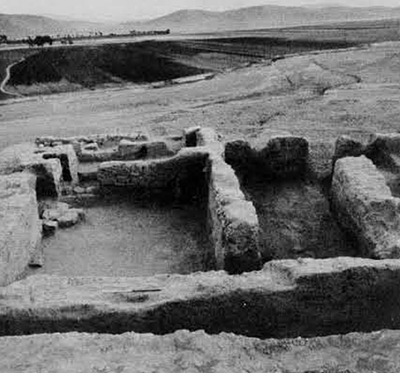

Godin Tepe is perhaps one of the more important sites within the heartland of this culture. The whole of the site, some fifteen hectares, was occupied during period III, in places to a depth of over seven meters. At least seven major periods of architectural construction are known from test soundings on the citadel, four of which have now been cleared over an area of seven hundred square meters. One of the most interesting of these is Level III:2, which includes both the remains of parts of two small village houses and a substantial segment of a larger more monumental structure which was probably the house of some local worthy. This and other structures of Godin III indicate that the site was almost certainly more than just a simple agricultural village. It could have been either a commercial or political center for the surrounding countryside.
Evidence from the cemetery on the south flat also suggests social or economic complexity. Most burials were simple inhumations, but in one instance an elaborate stone tomb had been constructed to receive two bodies, both apparently buried at the same time. A horse had also been interred just outside the tomb to the north.
The stratigraphy of the occupation levels in the area excavations on the citadel mound indicates that pottery vessel shapes and decorative motifs which in the Tepe Giyan graves could be separated into three periods (Giyan IV, III, and II) cannot necessarily be so divided chronologically. Motifs characteristic of Giyan II may yet prove to appear only in upper levels, while those similar to Giyan IV may predominate in the lowest levels, but in varying proportions all have been found stratified together. Thus the term Godin III perhaps best describes the ceramic culture of the central western Zagros in the second millennium.
In the end, the excavations at Godin Tepe are important primarily because they will establish a deep stratified sequence providing the basic chronological and cultural framework within which further research in the area can be constructed. Much the same methodological conception lies behind the excavations at Hasanlu and Dinkha. This kind of work is perhaps less romantic and less immediately popular than equally important excavations on vast monumental structures or research directed toward the attempted solution of some economic, social, or political problem in Iranian history. Yet it is of fundamental importance if we are to proceed with future research in a systematic and profitable way.
Building on such a base, where might we go. from here in the next two or three decades of research into the archaeology of second millennium Iran? First, we can resurvey the various cultural areas, this time sorting out sites in much finer chronological terms. This we must be able to do before any truly meaningful data on economic, political, or social developments can be extracted from the evidence of settlement patterns. Second, we can select from the known sites and sequences those periods within the millennium which appear to offer the greatest return in terms of cultural and historical data and we can then undertake truly extensive horizontal excavations at sites where those sub-periods occur at or very near the surface. We shall never be able to understand the cultural dynamics of the second millennium until we have cleared in some cases whole villages at a given level, in other cases several thousand square meters of important towns. Finally and most importantly we shall have some idea of just what specific questions to ask of the data with some hope of meaningful answers. To give but one example, in the Zagros we can approach our material with an eye toward isolating and describing more precisely the appearance of those influences coming from the northeast, which later contributed so much to the character of the Iron Age cultures in the west.
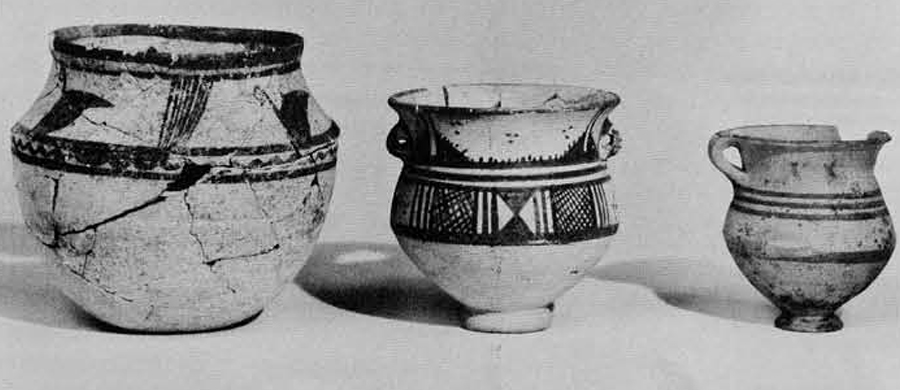
The early history of archaeological research in Iran appears to have had a rather random quality about it, though those who did the work often had good and sound reasons for doing what they did and usually worked within a conceptual framework suitable to the problems they faced. Nevertheless, their efforts do betray a touch of what might be called the “Dig it because it is there” approach. So it is at the birth of any scholarly field. Now we are in a position to build in a systematic fashion on the past. Development —progress if you will—thus becomes more rapid than before and our understanding of second millennium Iran will increase at a pace demanding still more of that spirit of cooperation among all those working in the field which has characterized the world of Iranian archaeology in the past.
